Impact of one or two visits strategy on hypertension burden estimation in HYDY, a population-based cross-sectional study: implications for healthcare resource allocation decision making
 Por: Pietro Amedeo Modesti, Stefano Rapi, Mohamed Bamoshmoosh, Marzia Baldereschi, Luciano Massetti, Luigi Padeletti, Gian Franco Gensini, Dong Zhao, Dawood Al-Hidabi, Husni Al Goshae. BMJ Open 2012;2:e001062 doi:10.1136/bmjopen.
Por: Pietro Amedeo Modesti, Stefano Rapi, Mohamed Bamoshmoosh, Marzia Baldereschi, Luciano Massetti, Luigi Padeletti, Gian Franco Gensini, Dong Zhao, Dawood Al-Hidabi, Husni Al Goshae. BMJ Open 2012;2:e001062 doi:10.1136/bmjopen.
Hypertension prevalence (age-standardised to the WHO world population 2001) based on fulfilling the same criteria on both visits (11.3%; 95% Cl 10.7% to 11.9%), was 35% lower than estimation based on the first visit (17.3%; 16.5% to 18.0%). Advanced age, blood glucose ≥7 mmol/l or proteinuria ≥1+ at dipstick test at visit one were significant predictors of confirmation at visit 2. The 959 participants found to be hypertensive at visit 1 or at visit 2 only and thus excluded from the final diagnosis had a rate of proteinuria (5.0%; 3.8% to 6.5%) comparable to rates of the general population (6.1%; 5.6% to 6.6%), and of subjects normotensive at both visits (5.6%; 5.1% to 6.2%). Only 1.9% of Yemen population classified at high or very high cardiovascular (CV) risk at visit 1 moved to average, low or moderate CV risk categories after two visits.
Hypertension prevalence based on readings obtained after two visits is 35% lower than estimation based on the first visit, subjects were excluded from final diagnosis belonging to low CV risk classes. [Actualizado: 02 de mayo 2013].
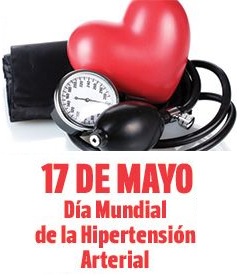
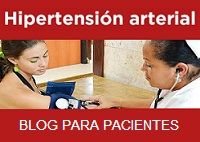


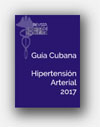
![Glosario: hipertensión [Hipertensión arterial en la atención primaria de salud. 2009]](http://temas.sld.cu/hipertension/files/2016/04/Glosario-e1541006177950.jpg)
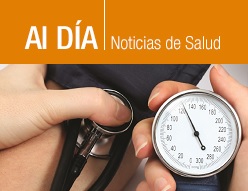
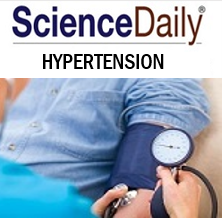

Comentarios recientes